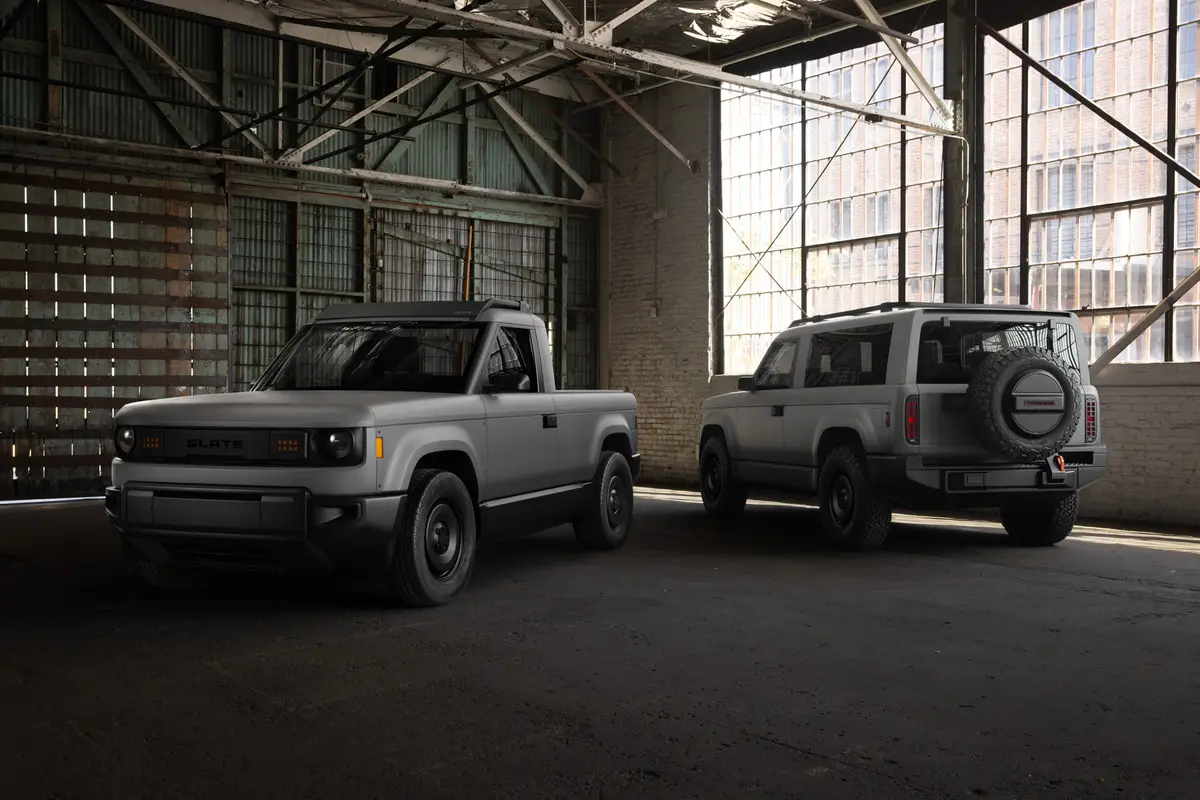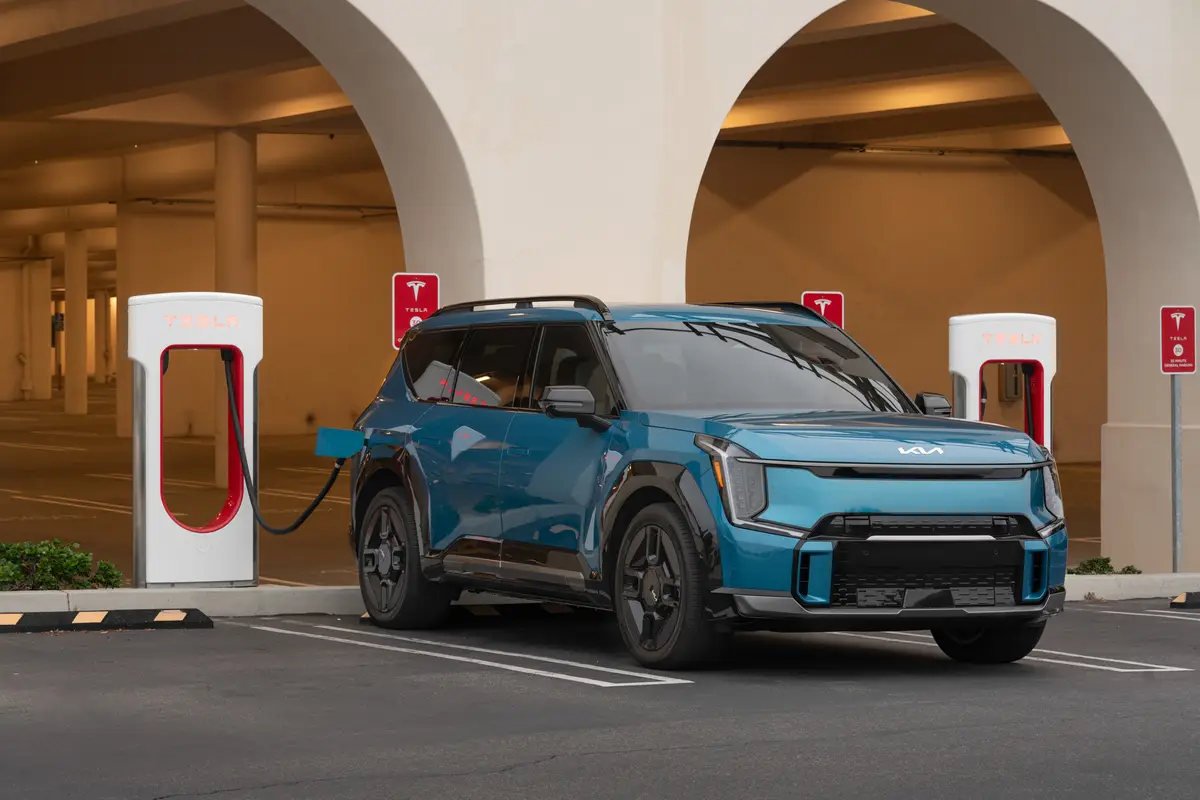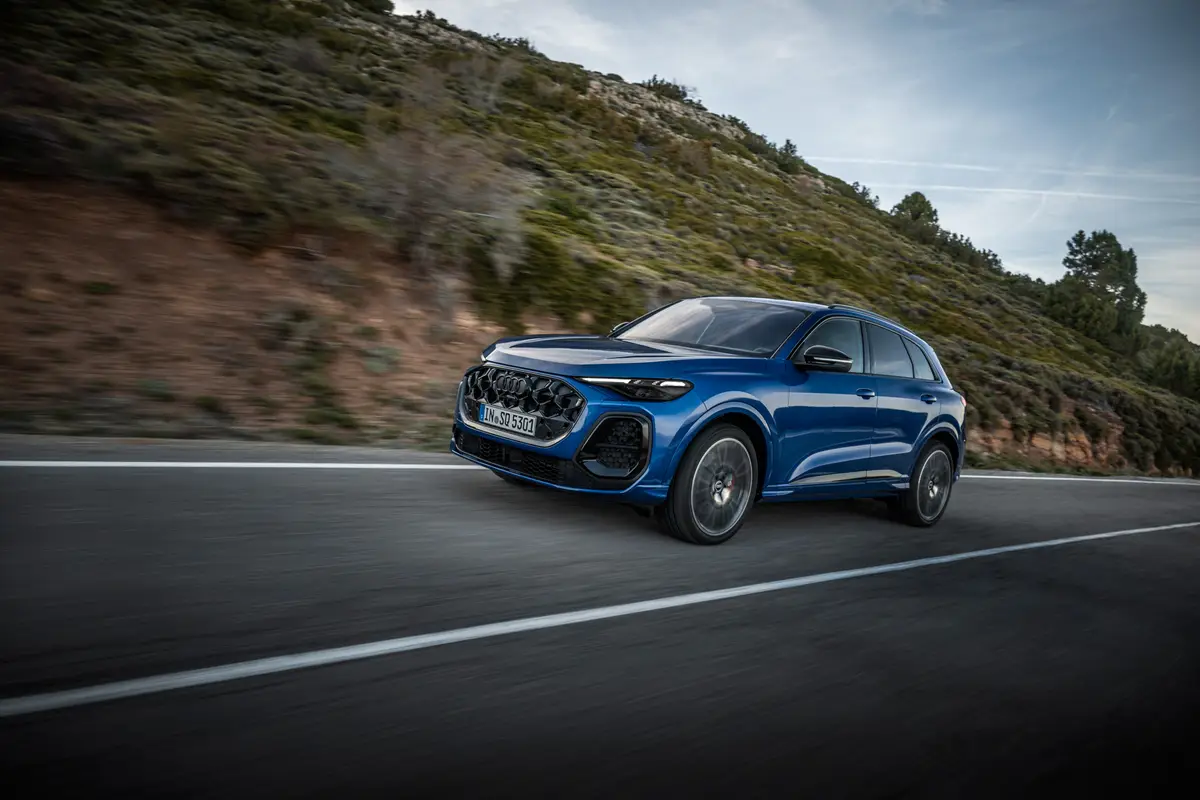Orlando Sentinel's view
Ford’s redesigned Taurus can be described in a word: world-class.
For 1992 the Taurus and its cousin, the Mercury Sable, have been given more than 200 improvements.
The Taurus is a good example of how the industry has changed. Ten years ago, the Taurus would have been considered a luxury car by virtue of its ride and handling, layout, design and equipment. These days, it is Ford’s mainstream family vehicle.
The test car had the dubious distinction of receiving the most grueling test drive I ever have conducted: nearly 1,000 miles in two days.
I got the car with just 21 miles on the odometer and drove it to Atlanta and back. Its performance was flawless, the build quality excellent, and the fuel economy terrific.
For 1992 Ford has made America’s favorite family sedan and wagon into a vehicle any manufacturer in the world would be proud to build.
ENGINE, PERFORMANCE
There are two engines available in all ’92 Taurus models except the high-performance SHO sports sedan. Standard models come with a 3.0-liter, 140-horsepower, fuel-injected V-6.
The test car, a loaded LX wagon, came with the optional 3.8-liter, 140-horsepower, fuel-injected V-6. Highway mileage, cruising at a steady 65 mph with the air conditioner on yielded nearly 25 miles per gallon. In city driving, gas mileage was better than 19 miles per gallon – excellent for a wagon that weighs more than 3,200 pounds.
Power is smooth and abundant. The Taurus wagon can aggressively merge in fast-moving highway traffic. The engine is smooth and quiet but not so quiet that you can’t hear it during spirited driving.
There is one transmission available in all models except the SHO. It’s a smooth-shifting, four-speed automatic with overdrive. In fourth gear at 65 mph, the engine is barely turning over 2,000 rpm. The transmission drops quickly and without fuss into third gear for passing maneuvers.
STEERING, HANDLING
The Taurus may be the best riding and handling wagon for the money. It’s undoubtedly the best I’ve driven. If you ever have driven a large wagon, you probably have felt a wallowing, bouncy ride and blimp like handling. Not in the Taurus.
The suspension is firm yet unusually giving over rough terrain. The power-assisted rack and pinion steering is tight, and response is crisp – what you would expect in a sports coupe.
The test car came with optional four-wheel, anti-lock brakes ($985), which were fabulous. Repeated hard applications of the brake pedal did not produce any fade, and the ABS system kicked in at precisely the right time.
FIT, FINISH, CONTROLS
The LX model is the top-of-the-line Taurus. That explains why the price tag The LX model is the top-of-the-line Taurus. That explains why the price tag is more than $20,000.
But you get a lot of car for the money.
The test car came with an electrically operated moonroof – which may be a first for a large Am erican station wagon, a CD player, leather seats and a full slate of electrically operated accessories.
Perhaps the car’s best trait is the user-friendly way everything – right down to the smallest detail – is designed and laid out. Without even opening the owner manual, you feel familiar with the car’s controls. All are extremely simple to use.
From the outside, the ’92 Taurus looks pretty much the same as the ’91. But that isn’t the case inside. Ford overhauled the interior from top to bottom.
There’s a full gauge package contained in a one-piece, rattle-free dash. The gauges are clearer and easier to read.
One of my favorite features is the remote control for the radio, which is located in the dash about a thumb’s length away from where your hand rests on the right side of the steering wheel. It allows the driver to switch stations and change the volume without taking his eyes off the road.
Illuminated switches for the power windows are located in the do r panels.
There’s more than enough room for six passengers and a load of cargo.
The Taurus wagon sets the standard for cars in its class.
Latest news



